The main thing that stands out about rubber boots is that they are known for their durability and versatility, but when you take a closer look at them, you will find that there is a lot more to be explored.
In this blog, we will delve into the world of boot rubber and explore some important things about boot rubber that you should know. From its origins to its manufacturing process, understanding boot rubber can help you make informed decisions when it comes to choosing the right pair of boots.
A Brief History Of Rubber Boots
During the early nineteenth century, Charles Goodyear, an inventor and scientist, developed the process of vulcanization, which made rubber more durable and more resilient, which marked the beginning of the history of rubber boots.
In the past, natural rubber was prone to becoming sticky in warm weather and brittle in cold temperatures, making it difficult to use in a variety of applications.
Rubber’s newfound durability sparked a wave of innovation, resulting in the development of waterproof footwear, and soon it became evident that rubber could provide a multitude of benefits for people.
What Type Of Rubber Is Used In Boots?
Rubber boots, as the name indicates, are made of rubber, and there are many different types of rubber that are designed specifically for different purposes. You may wonder, then, what type of rubber is used in boots?
Natural Rubber
Natural rubber is the primary material that is used in the production of rubber boots. Derived from the sap of Hevea brasiliensis tropical trees, natural rubber is well known for its exceptional elasticity, water resistance, and durability.
This provides rubber boots with the waterproof property that makes them ideal for use when it is humid and wet outside. Natural rubber is also a highly flexible natural material, which makes it easy for wearers to move and keep comfortable while wearing it.

Synthetic Rubber
Besides natural rubber being used in the production of rubber boots, there are also synthetic rubber compounds that are frequently utilized in the manufacturing process.
Synthetic rubbers, such as neoprene and PVC (polyvinyl chloride), are used to enhance the boots’ properties and provide additional features. It is known that PVC material, on the other hand, has the advantage of being relatively inexpensive and resistant to abrasion and punctures.
Is Neoprene Rubber Better Than Natural Rubber?
Let’s look at the performance comparison and see which one is better: neoprene rubber vs. natural rubber.
Chemical Resistance
The properties of Neoprene rubber give it superior resistance against a wide range of chemicals, including oils, solvents, and acids. It remains stable even when exposed to harsh chemicals, making it a preferred choice for industrial applications.
Natural rubber, on the other hand, may degrade or swollen when exposed to certain chemicals, which can adversely affect its performance.
Temperature Resistance
It has been demonstrated that neoprene rubber has excellent temperature resistance, allowing it to maintain its flexibility and elasticity regardless of the ambient temperature. This property of the material makes it capable of performing well in extreme environmental conditions.
The natural rubber, however, may lose its elasticity, become brittle at cold temperatures, and therefore become unsuitable for certain applications when exposed to extreme cold temperatures.
Durability
A unique characteristic of neoprene rubber is its synthetic composition, which gives it a high level of durability and resistance to wear and tear.
Its ability to endure repeated flexing and stretching without losing its shape or integrity makes it ideal for continuous use. Although natural rubber is flexible and resilient, it may not be as durable as neoprene rubber when it comes to wear and tear.
Water and Weather Resistance
Natural rubber and neoprene rubber share the same great quality of being water resistant. Nevertheless, neoprene rubber offers the added benefit of its strong resistance to weathering, UV radiation, and ozone. It is therefore a preferred choice for applications that require an outdoor environment.
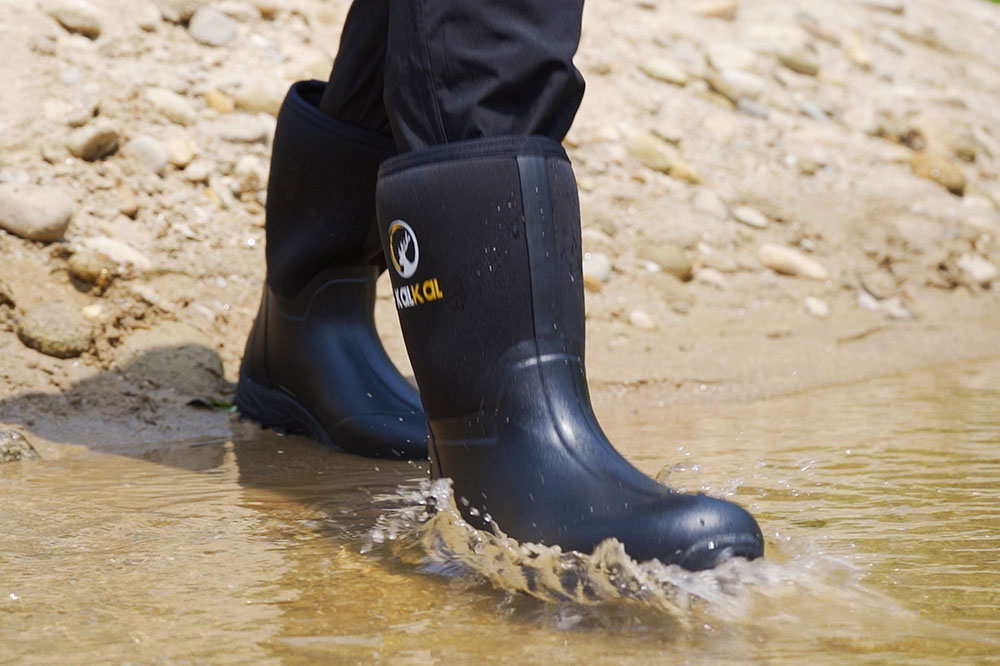
How Are Rubber Boots Made?
Have you ever wondered how these versatile rubber boots are made? Rubber boots are manufactured in a process that involves a lot of intricate work. Let’s take a closer look at what goes into them.
Selection of Materials
Choosing high-quality materials for making rubber boots is the first step in the process of making them. Rubber boots are commonly made from natural rubber, which is derived from latex, as well as synthetic rubber, such as neoprene and polychloroprene.
Design and Pattern Making
Once the materials are gathered, the next step is designing the boots. Designers create patterns that determine the shape and size of the boots, which are then used to cut the rubber sheets into specific shapes.
During this process, it ensures that each boot fits correctly and is uniformly made.
Vulcanization
A crucial part of the rubber boot manufacturing process is the process of vulcanizing the rubber. The process of vulcanization is a method for manufacturing rubber that involves heating it and then applying pressure to it, in order for it to become stronger and more resistant to wear and tear after prolonged use.
The process also helps to make the rubber more waterproof and flexible, allowing it to retain its shape even in extreme weather conditions.
Assembly and Finishing
After the boots have been vulcanized, they are ready to be put together. A variety of components can be added to the boots, such as soles, linings, and insoles. It is important that the components of these pairs are meticulously attached using either adhesives or stitching to ensure a comfortable and secure fit.
Moreover, the excess rubber is removed from the boots, and they are cleaned and polished to give them a sleek and polished appearance.
Conclusion
The material and complex processes involved in the production of rubber boots have generated a great deal of knowledge about boot rubber.
After spending some time studying rubber boots and learning a lot about them, you will feel confident and knowledgeable about them and will be able to choose a pair of rubber boots that are the right match for you when you have gained extensive knowledge about them.


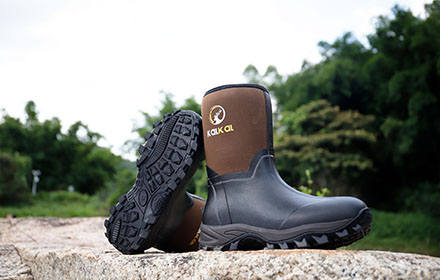









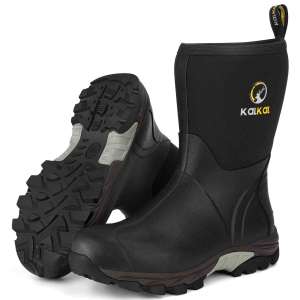

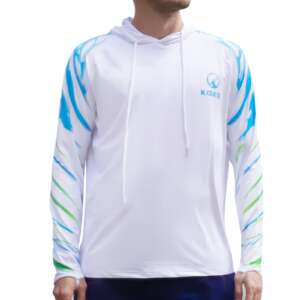
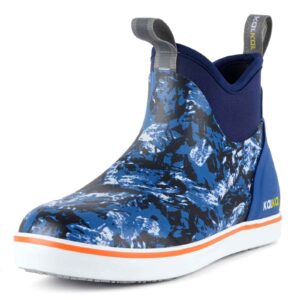




Leave a reply